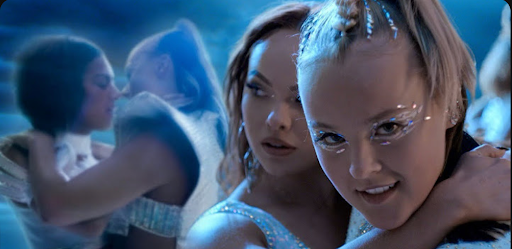Short stories are not very commonly written by financially successful novelists, as Stephen King points out in the introduction of his newest collection of stories, Just After Sunset.
King fell in love with the short story during his early days as an author. His short stories were how he made his way to being one of the most recognizable names in the contemporary thriller genre.
Just After Sunset is a collection of short stories that is not quite what a fan of King would expect.
The majority of the stories do not contain the typical elements of suspense and gore that most readers associate with this master of horror.
Instead, this collection contains stories that question and examine human experiences and possibilities.
For example, the first short story is “Willa.” This story follows a couple who are stranded in Wyoming after their train derails.
While there is a twist in the story, there are no monsters or killers chasing anyone.
Instead, “Willa” examines the differences between perception and expectation in life and death.
Willa and her fiancé realize that perception and expectation combined can be a powerful tool to coping with a seemingly unreal situation.
Another example is also the most surprising addition to Just After Dark is “The Things They Left Behind.”
This story is an excellent example of one of King’s subtle analyses of the human psyche.
It was an unexpected addition to the collection because it was a reaction to the tragedy of Sept. 11.
The story follows a man who worked in an office on the 110th floor of one of the Twin Towers who did not go to work on Sept. 11.
He is plagued by objects that his deceased coworkers once owned which appear in his apartment.
He does not know how the items get into his apartment and they are slowly driving him crazy.
However, King does give you a few adventures along his usual lines, filled with suspense and intense situations.
One of the best of these stories was “The Gingerbread Girl,” a story about a woman runner who sees something she is not supposed to and is captured by a psychopath.
The woman is forced to do whatever she can to escape, even if it means causing herself physical harm.
This story fulfills all expectations that readers have for King.
While Just After Dark is a good read filled with very interesting stories, it does not live up to King’s classic short story collections, like Different Seasons and its exceptional stories “Rita Hayworth and Shawshank Redemption” and “The Body.”
These examples are impressive because they capture the essence of King’s traditional horror, which is what Just After Dark is lacking.
These new stories are just not quite as scary and just a little dull to consider King’s best work.
But for King’s fans, the collections will be worth reading, just as the two very interesting additions to Just After Dark.
In the introduction and endnotes for the collection, King explains his interest in writing short stories and how he develops the ideas for them. These are just as interesting to read as the story.

















